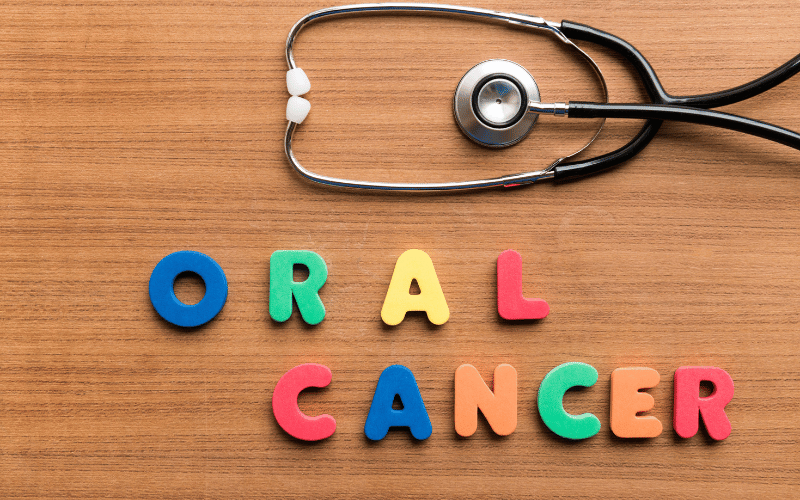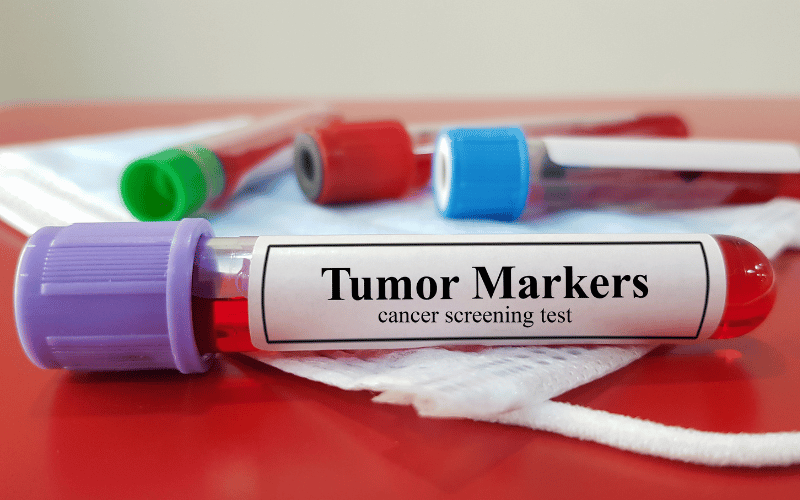Introduction: Unveiling the Layers of Oral Cancer Prognosis
Oral cancer remains one of the most daunting diagnoses one can receive. Often, the fear surrounding this disease isn’t just due to its nature, but also because of the myriad of questions it raises about the future. At the heart of these questions lies the prognosis – the expected journey of the disease, its potential outcomes, and the chances of recovery.

The prognosis of oral cancer is a complex mosaic of factors. It encompasses everything from the stage of detection and the effectiveness of available treatments to the individual’s overall health and lifestyle choices. Understanding this prognosis is not merely about confronting the statistics; it’s about grasping the intricate dance between medical science, personal choices, and sometimes, sheer fate.
The medical world has seen significant advancements in recent years, and with it, our understanding of oral cancer prognosis has evolved. Innovative treatments, earlier detection methods, and more extensive research have all played a part in shifting the narrative around this disease. But the question remains: What do these advancements mean for the individual patient?
To comprehend the prognosis fully, one needs a combination of raw data and its nuanced interpretation. This article strives to provide both. Over the course of our exploration, we will dive deep into the ten most pivotal facts surrounding the prognosis of oral cancer. From statistical data to the lived experiences of patients, we’ll journey through the multi-faceted world of oral cancer’s prognosis.
While the terrain might seem daunting, armed with knowledge, the path becomes clearer. It’s not just about understanding the disease but about illuminating the way forward. By the end of this comprehensive overview, you’ll find yourself better equipped, more informed, and hopefully, more empowered in the face of oral cancer.
1. Early Detection: The Key to Improved Outcomes

Oral cancer, when identified in its initial stages, can significantly improve the chances of a successful treatment outcome. The importance of early detection can’t be overstated. Diagnoses made in the beginning phases often come with less aggressive treatments and better overall survival rates. Yet, despite its significance, many individuals remain unaware of the initial signs, which can be subtle.
Routine dental check-ups can play a pivotal role in early detection. Dentists are often the first to notice potential symptoms of oral cancer, such as sores that don’t heal or a prolonged hoarseness in the voice. These initial signs, though seemingly harmless, can be indicative of something more severe lurking beneath the surface.
Statistics show that survival rates for oral cancer patients diagnosed early can be as high as 80 to 90%. This percentage dramatically decreases for those diagnosed in the later stages. But beyond the statistics lie real stories of individuals whose lives have been altered due to a delay in diagnosis.
Advanced research and technology are continually enhancing the methods by which we detect oral cancer early. From advanced imaging techniques to molecular testing, the tools available today are far more sophisticated than they were a decade ago. As we continue to stress the importance of early detection, the hope is that more individuals will take proactive steps, ensuring better outcomes and brighter futures. (1)